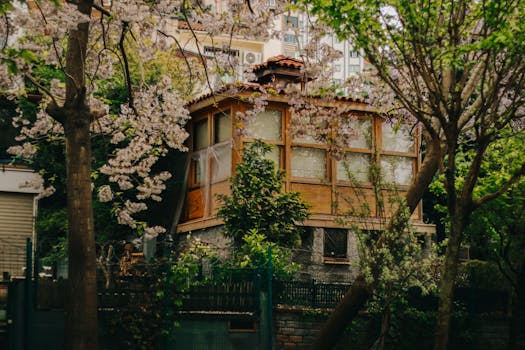
Urban Green Spaces: The Future of Outdoor Living in European Cities by 2025
Introduction to Urban Green Spaces
Urban Green Spaces are a crucial element in the development of sustainable and livable cities. As the world becomes increasingly urbanized, it is essential to create green spaces that provide numerous benefits to both the environment and the citizens. The focus keyword Urban Green Spaces will be the core of this article, exploring the significance of green areas in European cities and their impact on the future of outdoor living.
The Importance of Urban Green Spaces in European Cities
Urban Green Spaces offer a wide range of benefits, including air purification, noise reduction, and climate regulation. These green areas also provide habitats for urban wildlife, helping to maintain biodiversity in cities. Moreover, they serve as community spaces, promoting social interaction, physical activity, and mental well-being. By incorporating green spaces into urban planning, cities can become more sustainable, resilient, and livable.
Challenges and Opportunities in Creating Urban Green Spaces
Despite the numerous benefits of urban green spaces, there are several challenges that cities face in creating and maintaining these areas. Limited space, budget constraints, and competing land uses are some of the common obstacles. However, these challenges also present opportunities for innovation and creativity in urban planning. By adopting green infrastructure, such as green roofs, walls, and urban forests, cities can maximize the use of available space and create unique urban ecosystems.
Case Studies: Successful Urban Green Space Projects in European Cities
Several European cities have successfully implemented urban green space projects, demonstrating the potential for these areas to transform urban living. For example, the High Line in New York City, although not in Europe, has inspired similar projects, such as the Linea Verde in Milan, Italy. Other notable examples include the Park Güell in Barcelona, Spain, and the Prinsenpark in Amsterdam, Netherlands. These projects showcase the importance of community engagement, innovative design, and collaborative planning in creating thriving urban green spaces.
Conclusion: The Future of Outdoor Living in European Cities
In conclusion, urban green spaces will play a vital role in shaping the future of outdoor living in European cities by 2025. As cities continue to urbanize, it is essential to prioritize the creation and maintenance of these green areas. By doing so, cities can become more sustainable, livable, and resilient, providing numerous benefits to both the environment and the citizens. The focus keyword Urban Green Spaces will remain at the forefront of urban planning, as cities strive to create unique and thriving green areas that enhance the quality of life for all citizens.






